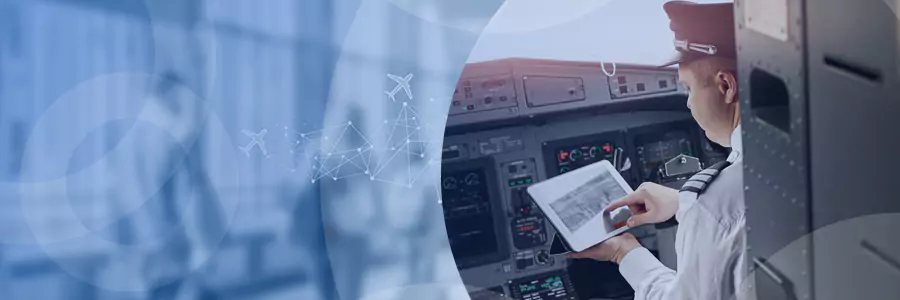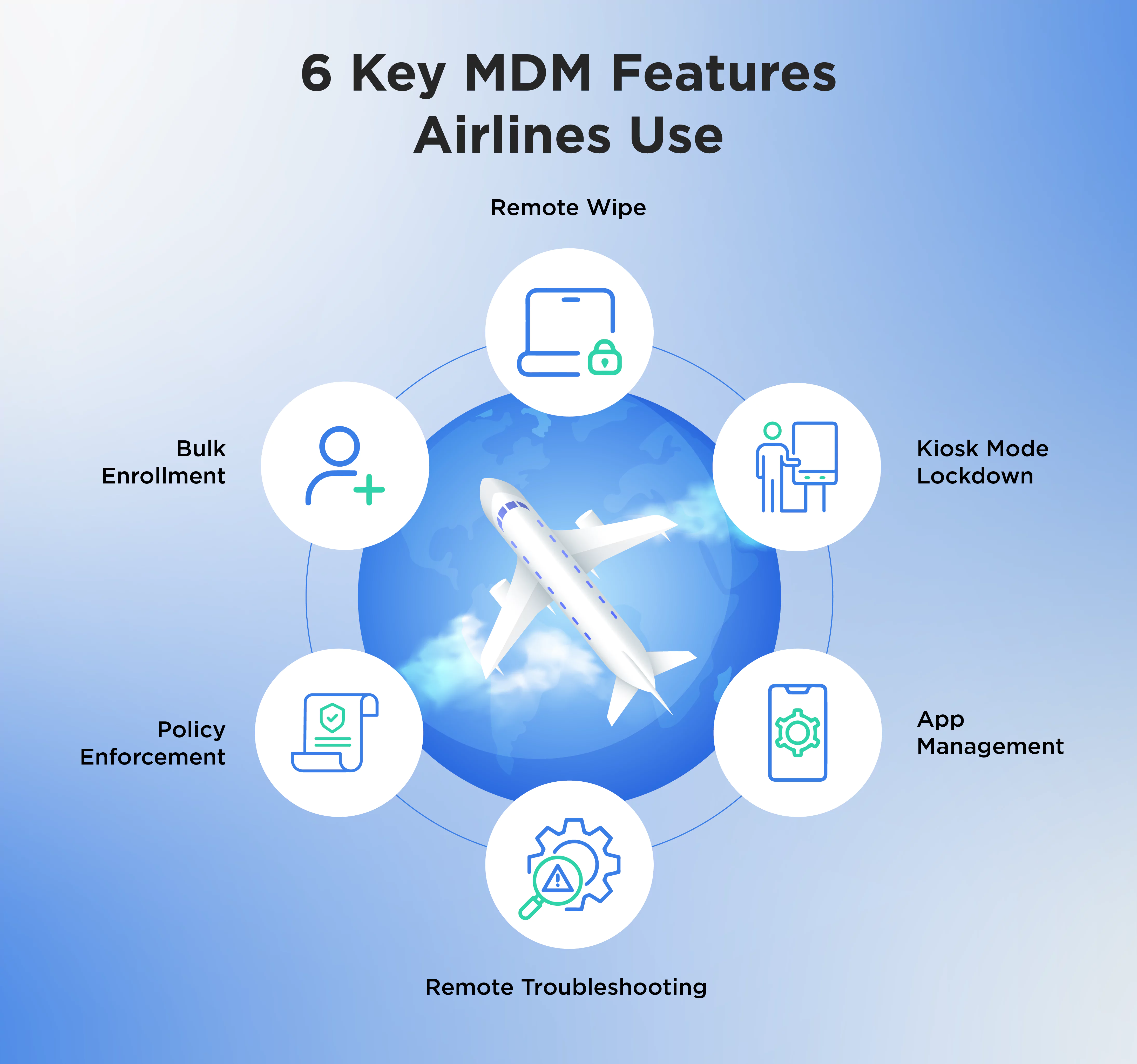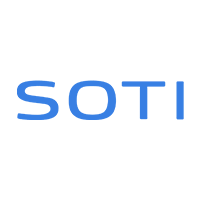
Airline Industry IT Solutions: How Mobile Device Management Transforms Airline Operations
As customer service expectations rise, airline companies are using mobile devices to meet these needs. They aim to provide better support for workers and improve overall security. These devices help in the terminal and in the sky, all while being cost-effective.
Mobile technology is critical for airline operations. It helps cabin crew, pilots, staff, maintenance and baggage handlers collaborate, perform urgent tasks quickly, improve the customer experience, and remain secure.
The airline industry IT solution needed to make mobile processes efficient, secure and scalable is Mobile Device Management (MDM).
Why Mobile Device Management Is Essential for the Airline Industry
Increased Security
As mobile device fleets grow, the risks of data breaches, malware and other cybersecurity threats increase. Mobile management solutions help airlines secure sensitive data on mobile devices, such as customer information, flight data and operational details. This includes enforcing encryption, managing access controls and ensuring that devices are compliant with industry regulations.
Electronic Flight Bag (EFB) Restrictions
EFBs are devices that can store and display a variety of aviation data or perform basic calculations for aircraft performance or fuel loading purposes.
Using mobility management, airline IT can manage tablets and other mobile devices that serve as EFBs for pilots. These devices take the place of paper flight kits. They provide pilots with important information such as navigation charts, weather updates, flight plans and manuals.
Furthermore, specific restrictions can be applied to EFBs to ensure that pilots and crew members use them properly.
Enhanced Operational Efficiency
Airlines operate in a highly competitive market where operational efficiency can make or break profitability. IT can streamline various processes by providing real-time data access and communication capabilities to staff.
For example, ground staff can use managed devices to speed up boarding processes, to manage baggage handling and to ensure quick turnaround times. By having centralized control over these devices, airlines can ensure that all staff are on the same page, reducing errors and delays.
Improved Customer Experience
Exceptional customer experience is vital in the airline industry to build brand loyalty and increase repeat customers. Mobile management plays a vital role in achieving this goal by enabling airlines to provide personalized services to passengers.
For instance, mobile devices can offer customized entertainment options and relevant travel information. Additionally, staff can use these devices to provide real-time updates on flight status, gate changes and boarding instructions, ensuring passengers are well-informed and satisfied.
Reduced Costs
By leveraging MDM as an Airline industry IT solution, airline companies can significantly reduce their costs. Centralized device management reduces the time and resources required to manage hundreds or thousands of devices. Furthermore, certain device insights, such as battery health, help extend the lifespan of devices by ensuring they are updated and maintained properly, reducing the need for frequent replacements.
6 Key MDM Features that Airlines Companies Use
Click to expand and download
1. Remote Wipe
Accidental loss of devices or device thefts can occur, leaving customer and company data vulnerable. A feature that airlines leverage is remote wipe. If a device is misplaced or stolen, an automatic policy can be set up to remotely lock a device or wipe its data to prevent unauthorized access to sensitive information.
2. Kiosk Mode Lockdown
Airline companies can impose specific restrictions on applications and functions by implementing Kiosk Mode with mobile devices. Some examples of Kiosk Mode include check-ins and in-flight demonstrations. Kiosk Mode permits a device to only run approved applications and settings, giving IT greater control of what is seen and used by staff and passengers.
3. App Management
MDM helps airlines manage the distribution and update of internal applications used by different teams. It seamlessly allows, blocks, installs and uninstalls apps while improving security and productivity.
Airlines may have certain mobile apps to log repairs and checklists, scan baggage, track lost baggage and upload driver information for routing. With strong app management, IT can ensure that critical apps remain up-to-date and are functioning correctly. Furthermore, IT can push apps and distribute files to multiple mobile devices at once, simplifying and streamlining management.
4. Remote Troubleshooting
The ability to remote control and view devices is a key mobile management feature. Remote control allows IT to view and access users' devices from a distance, enabling them to fix problems in real-time. This means that users do not need to bring in devices for checks, which reduces downtime and saves money.
5. Policy Enforcement
Corporate policies can be applied across all airline devices. This ensures that only approved applications are installed, security settings are maintained and compliance with regulatory requirements is met.
6. Bulk Enrollment
An airline may need to enroll and deploy thousands of devices throughout their flight and ground operations. An airline IT solution like MDM helps the company add many devices at once. This requires almost no support from users. It makes the process easy and efficient and cuts costs.
Conclusion
MDM is a vital tool as an airline industry IT solution, enabling companies to securely and efficiently manage the vast number of mobile devices used across their operations and teams.
By keeping these devices secure, compliant and up-to-date, airlines can boost efficiency. This also helps improve customer service and ensures high safety and security standards.




